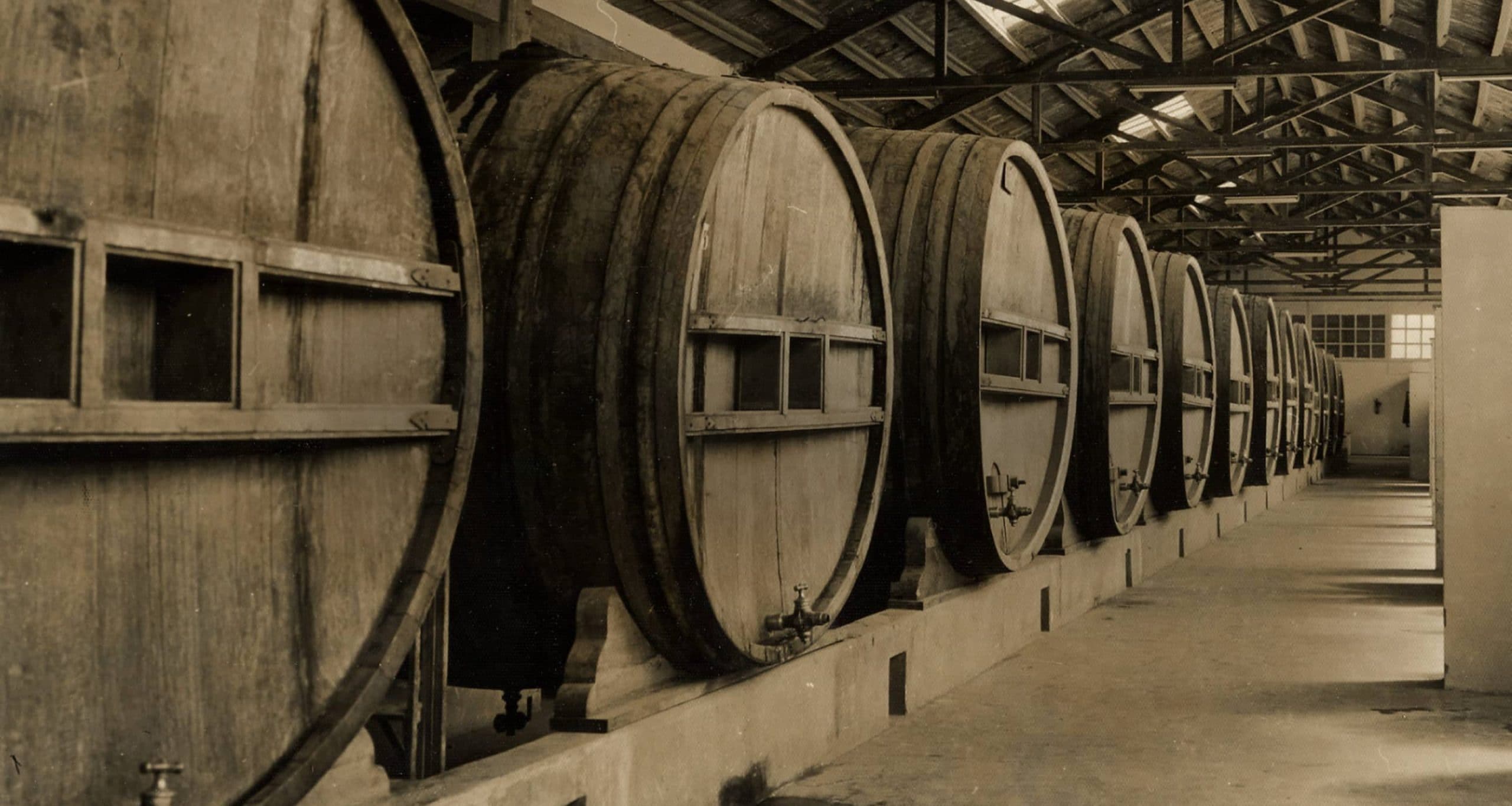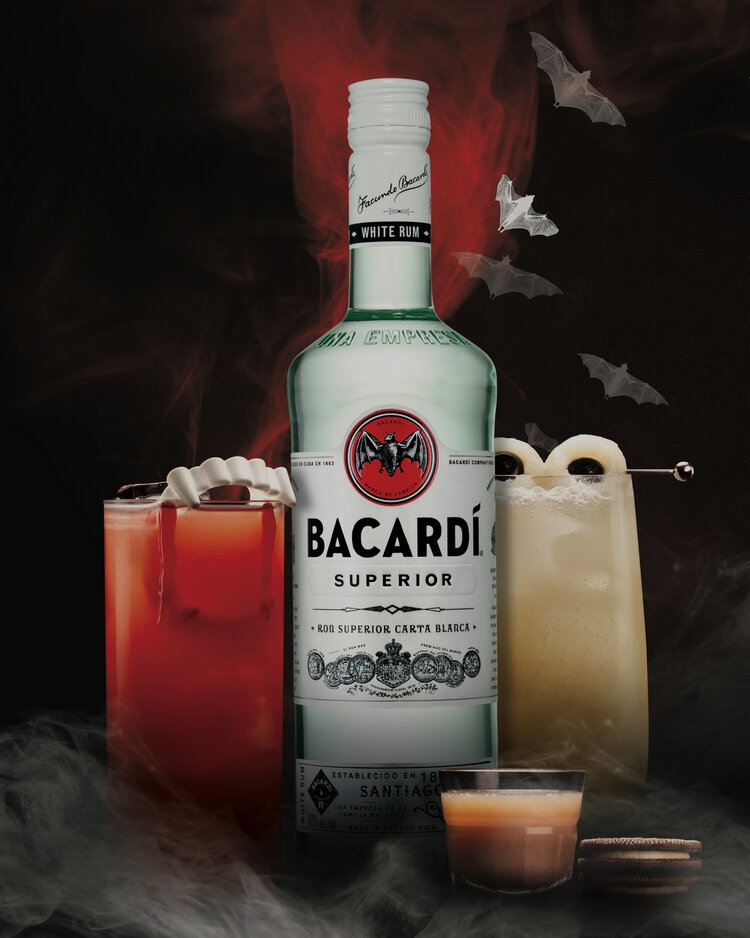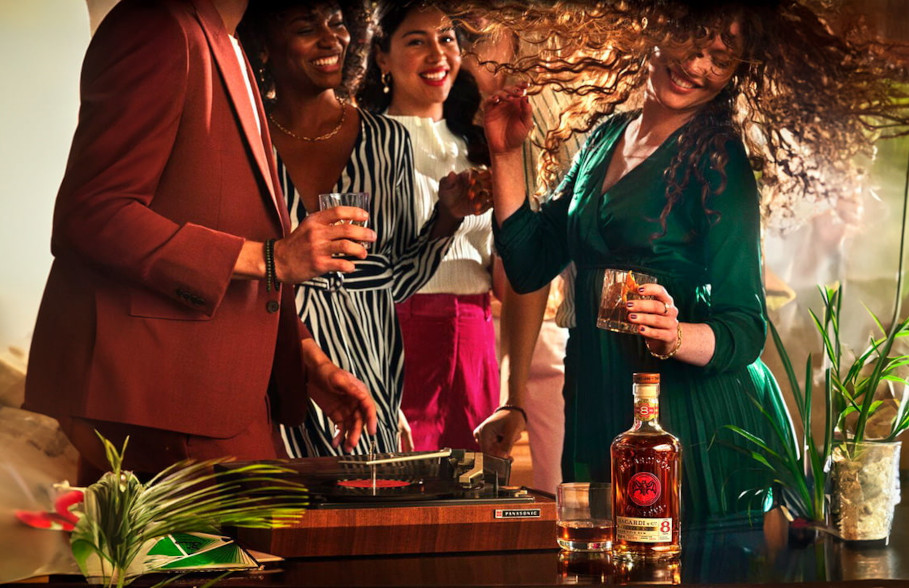
Editorial by Dickie Cullimore
The Daiquiri – A drink that lives up to the hype
4 Minutes
Drinks travel by people – some are passed on while others are left at the table – and you’d be hard-pressed to find a drink that’s travelled as far as the daiquiri. No other drink is as rewarding when made well, or as disappointing when made badly. It’s a cocktail that you need to aspire to get good at, followed by time to master it. It’s good with music and great with sunshine, but the best garnish is always cold, and only when your guest lifts their glass to their lips will you know for sure whether you’ve got it right or not.
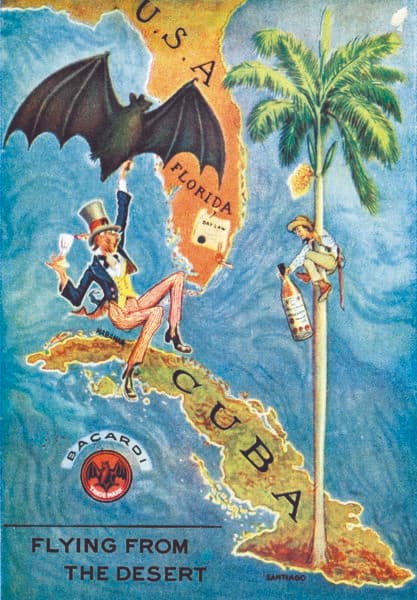
SO WHY IS IT SUCH A GREAT DRINK?
Well, the Daiquiri is satisfying – maybe the single most satisfying drink on the planet. It’s balanced, certainly moreish, somehow dry, yet also sweet, refreshing and quenching all in the same moment – not bad for just three ingredients, two of which come from the same thing – sugar cane. This simplicity is also the Daiquiri’s greatest virtue. You don’t need lots of equipment or crazy ingredients, and you can find it anywhere, or indeed make it anywhere, and if a bar can’t offer you rum, sugar and lime – maybe rethink your choice of bar.
In fact, all the daiquiri really needs is skill, restraint and observation. Dilution, mixing, chilling and shaking all play their part, but with a daiquiri, you have nowhere to hide. It’s so scantily clad it reveals everything. You can feel the quality of the lime from the tickle on the tongue – a tell-tale sharpness from a fresh squeeze or softer edges from extended time in a bottle – and even detect the type of sugar used by the texture and taste. Getting that knife-edge right between sweet and sour is where the skill comes in and where it gets its reputation as the test of a bartender.
ENDLESS OPPORTUNITIES
The Daiquiri is also an incredible building block. Change one ingredient and you have a different experience altogether. Make your rum Bacardi Reserva Ocho, or BACARDÍ Spiced and the transformation is immense, but not fundamental. Add a couple of barspoons of an Italian Bitter and it becomes a Dry Daiquiri, a little Kirsch and it’s a Santa Marta, a drop of Mastika and it’s a Greek Daiquiri – a drink I found in a family-owned bar and am still talking about five years later. In fact, riffing on a daiquiri offers endless opportunities for innovation, with one change leading to the next across a series of great drinks – a little maraschino and you’ve got an El Floridita Daiquiri Number Four, add a kiss of grapefruit and you have a Hemingway Daiquiri, make your pour heavier and it’s a Papa Doble.
Personally, I love it because it’s a happy drink. Even the prospect makes me smile. It’s also wonderfully tactile, and you know it’s ready when your hands start to frost up. Unlike a lot of drinks, we also know exactly where this one comes from, almost to the metre – the Daiquiri copper mine near Santiago de Cuba. It was here in 1898 that an American mining engineer called Jennings Stockton Cox first mixed a drink he originally called the Rum Sour. It was not the first drink to use that combination by any shot; The Caipirinha, Ponch, or even the Canchanchara can all claim to have beaten it, but the inventor’s position gave him access to a vital fourth ingredient – ice; a luxury at the time, man-made for less than fifty years, and exactly the kind of thing a successful mining engineer could lay his hands on.
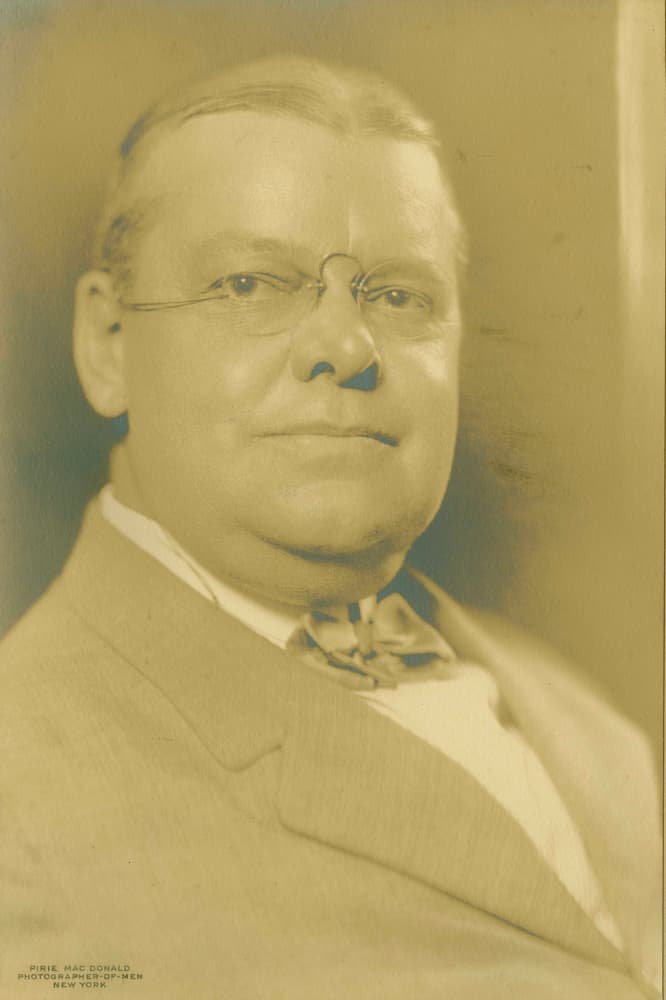
MADE TO SHARE
As well as rum, lime, sugar and access to the ice machine, the daiquiri also had something else going for it; Jennings Stockton Cox – entertainer, host and one-man, mobile marketing campaign. Cox wasn’t afraid to ask for his drink wherever he went, even instructing bartenders along the way, originally as a shared recipe for six people, shaken icy cold, and preferably served in a coupette glass, which at the time was usually reserved for the good champagne. Before long, a local fish restaurant in Havana called Floridita had become so well known for making a great one that it earned the name, La Cuna del Daiquiri – the cradle of the daiquiri, and its bartender, Constante Ribalaigua, the title of Cuba’s most famous Cantinero (cocktail bartender). Soon after that, the recipe was handed over to a naval officer called Lucius W Johnson who loved it so much he transplanted it to the Army and Navy Club in Washington DC, (which still has a Daiquiri Lounge) creating a literal army and navy of passionate followers who took it around the world. Even Prohibition couldn’t slow it down and just made the daiquiri more sought after, and thankfully it never lost its ability to attract devotees, with Ernest Hemingway soon taking on the role, becoming intertwined with the drink in the process, followed by generation after generation of bartenders and guests, each discovering it for themselves.
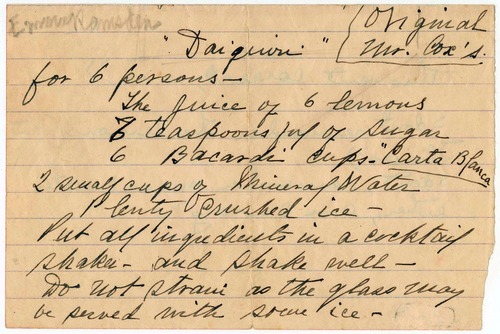
Unfortunately, when I first started out as a bartender, I somehow missed the lesson as to why the classic, hand shaken daiquiri was so important – the need for balance, its simplicity, its fundamental impact on so many other great rum cocktails, and when I finally did it became one of my great bartending Eureka moments. Since then I’ve ordered it a lot, certainly more than any other cocktail, and as a result it’s become a part of so many amazing memories. I’ve tried strawberry ones with oysters at Sweet Liberty in Miami and seen it riffed on in ways that I never imagined possible; like Eric van Beek’s incredible Dutch East India Daiquiri, which uses subtle hint of spices to highlight the matching notes in Bacardi Anejo Cuatro. I’ve even been lucky enough to enjoy one in the American Bar at the Savoy, made using vintage Bacardi Carta Blanca from the 1910s – quite literally history on the lips.
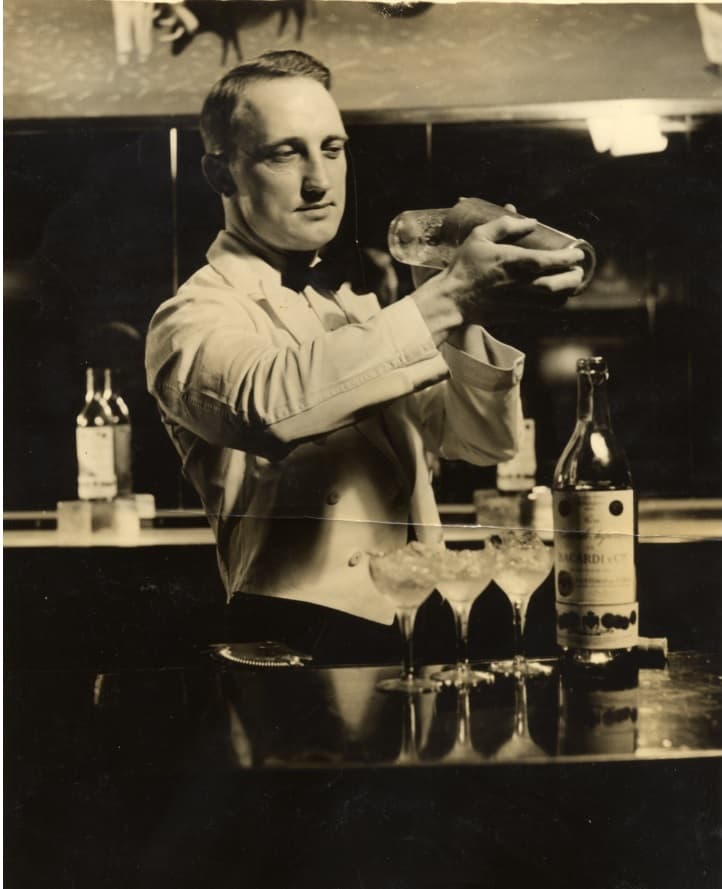
It doesn’t matter how many times I’ve ordered one, I’ve never lost my enthusiasm for it or the fact that it can still surprise me – that more than a century on people still ask, ‘What will happen if I just add…?’, creating something new in the process and maybe, with a little luck, the next classic cocktail.
TIPS
Never hold back on ice, and if possible use a mix of cubes and crushed. Imagine a big block of ice smashed with a mallet. This will give you pieces that are jagged and uneven; some large enough for chilling, others small enough to smash together in the tin and give you dilution. This combination also brings you closer to how the Daiquiri was originally made.
Sugar can give you a different body, texture and flavour depending on what type you choose. Personally, I’m all about caster sugar and always stirred with the lime before adding the rum and ice to give it a sherbety edge. The key here is to dissolve it properly, so take your time.
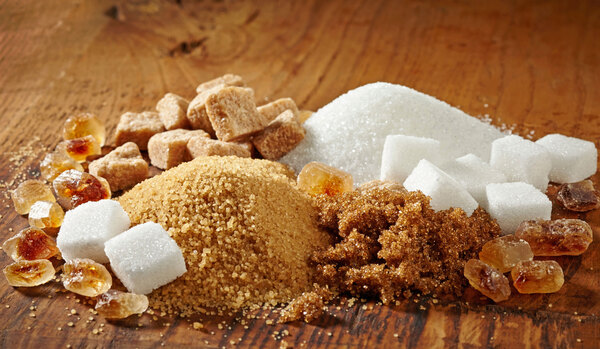
And finally – There are any number of factors that can throw the all-important balance out of whack, so start with the classic recipe, but don’t be afraid to make minor adjustments. For instance, when I make one in a cool country I’ll probably fine strain it, whereas in a hot country I won’t in order to give the drink delicate hits of numbing cool. And always taste before you shake. Afterwards, there’s little you can do to change anything as re-shaking will also add more dilution and weaken your drink.
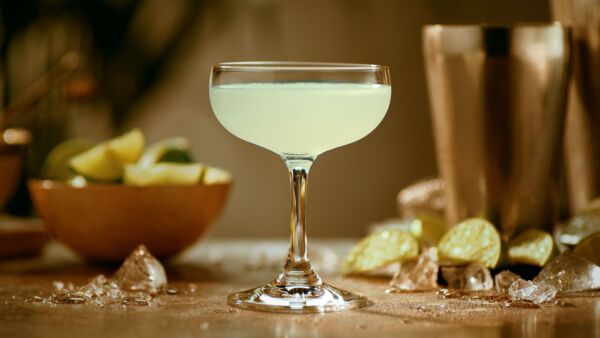
RELATED CONTENT


